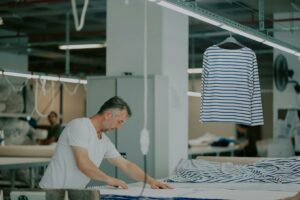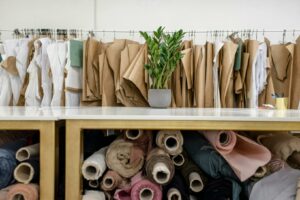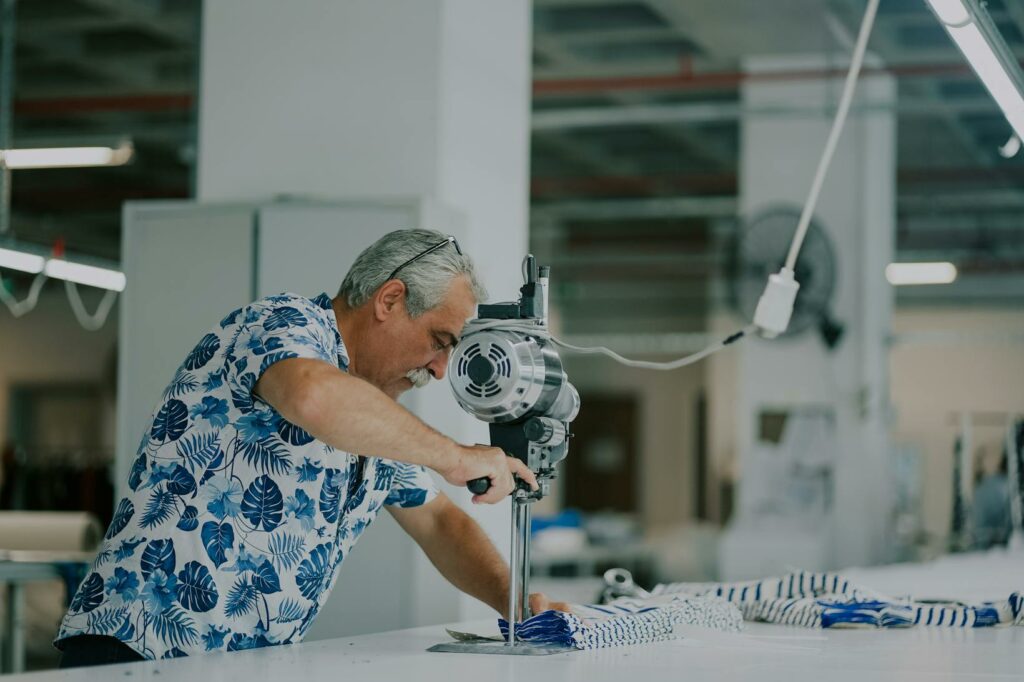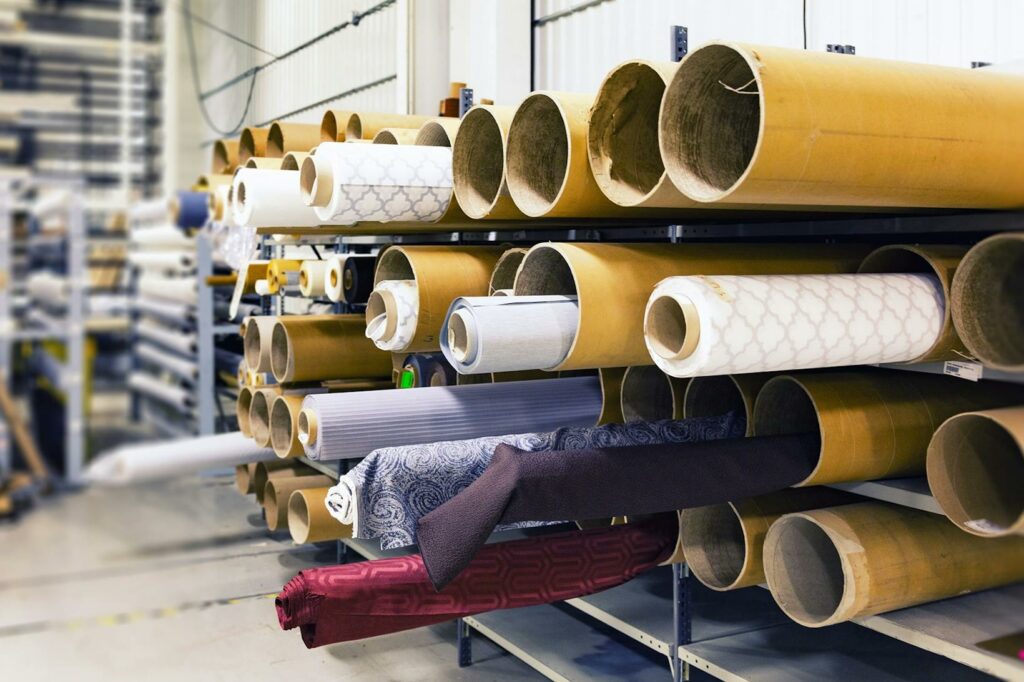Textile manufacturing is a fascinating process that plays a crucial role in our everyday lives. From the clothes we wear to the linens we use, textiles are all around us. This intricate industry involves the conversion of fibers into yarn, which is then woven or knitted into fabric.
 Understanding the ins and outs of textile manufacturing can provide valuable insights into the journey of a simple thread transforming into a functional and fashionable textile product.
Understanding the ins and outs of textile manufacturing can provide valuable insights into the journey of a simple thread transforming into a functional and fashionable textile product.
It encompasses various stages, including spinning, weaving, dyeing, and finishing, each contributing to the creation of diverse textiles we encounter daily.
What Is Textile Manufacturing
Textile manufacturing encompasses the process of converting fibers into finished fabrics and products. It involves various stages such as spinning, weaving, dyeing, and finishing, each contributing to the creation of a wide range of textiles used in daily life.
The Basics of Textile Manufacturing
Textile manufacturing begins with the selection of raw materials, which can be natural fibers like cotton, wool, silk, or synthetic fibers such as polyester and nylon. These fibers undergo spinning to form yarn, which is then woven or knitted into fabric. The fabric is further processed through techniques like dyeing and printing to achieve the desired color and design. Finally, finishing treatments are applied to improve the texture, appearance, and performance of the textile.
Historical Evolution of Textile Industries
 Textile industries have a rich history dating back to ancient civilizations when textiles were produced manually using techniques like hand spinning and weaving. With the advancement of technology during the Industrial Revolution, textile manufacturing saw significant mechanization, leading to the establishment of mills and factories.
Textile industries have a rich history dating back to ancient civilizations when textiles were produced manually using techniques like hand spinning and weaving. With the advancement of technology during the Industrial Revolution, textile manufacturing saw significant mechanization, leading to the establishment of mills and factories.
Over time, innovations in textile machinery and processes revolutionized the industry, making production faster, more efficient, and capable of creating a diverse range of textiles for various purposes.
Key Processes in Textile Manufacturing
In textile manufacturing, the initial step involves sourcing raw materials such as natural fibers like cotton, wool, or silk, and synthetic fibers like polyester or nylon. These fibers undergo processing to create yarn for the subsequent stages.
Once the fibers are prepared, they are spun into yarn, which is then used in the weaving or knitting process to create fabric. Weaving involves interlacing yarn on a loom, while knitting forms loops of yarn to produce textiles with various textures and patterns.
After the fabric is woven or knitted, it goes through dyeing and printing to add color and design. Finishing treatments are then applied to improve the fabric’s texture, appearance, and functionality. This final stage enhances the overall quality and performance of the textile product.
Technological Advancements in Textile Manufacturing
In the realm of textile manufacturing, technological advancements have revolutionized the industry landscape, enhancing efficiency, precision, and product quality. Innovations in automation and robotics have played a pivotal role in streamlining production processes, leading to increased productivity and reduced manual labor requirements.
Automation and Robotics
Automation and robotics have ushered in a new era of efficiency and accuracy in textile manufacturing. Automated systems are now capable of performing intricate tasks such as fabric cutting, stitching, and quality control with remarkable speed and precision. Robotics have been integrated into various stages of production, from spinning to finishing, resulting in consistent and high-quality output.
Innovations in Fabric Technology
 Fabric technology has seen significant advancements with the introduction of innovative materials and manufacturing techniques. Nanotechnology has enabled the development of textiles with enhanced properties such as water resistance, antibacterial capabilities, and UV protection.
Fabric technology has seen significant advancements with the introduction of innovative materials and manufacturing techniques. Nanotechnology has enabled the development of textiles with enhanced properties such as water resistance, antibacterial capabilities, and UV protection.
Smart textiles embedded with sensors and conductive fibers have opened up new possibilities in the realm of wearable technology, healthcare, and safety applications. These innovations have not only improved the functionality of textiles but also expanded their scope of potential applications in diverse industries.
Textile manufacturing has undergone significant transformations over the years, evolving from manual labor to highly mechanized processes. Certification programs like OEKO-TEX and GOTS play a vital role in ensuring transparency and accountability in sustainable textile production.



